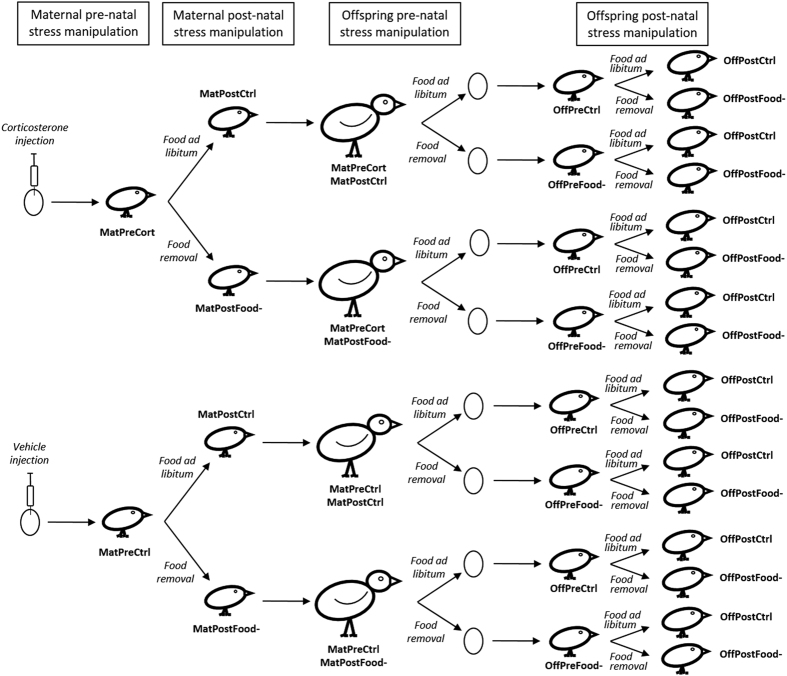Figure 1. Diagram of the experimental manipulation of maternal and offspring pre-natal and post-natal stress.
We used four groups of Japanese quail females with different developmental experiences in order to obtain the offspring generation. One group was exposed to stress only during pre-natal development via injection of corticosterone in the egg yolk to simulate the transfer of CORT from the mother into her eggs (MatPreCort/MatPostCtrl, n = 11). One group was exposed to stress only during post-natal development by exposing chicks to unpredictable food availability between days 4 and 20 post-hatching (MatPreCtrl/MatPostFood-, n = 6). One group was exposed to stress during both pre- and post-natal development (MatPreCort/Mat/PostFood-, n = 6). The control group was exposed to neither stressor (MatPreCtrl/MatPostCtrl, n = 10). Each female bred once under control condition and once under unpredictable food availability in order to manipulate pre-natal stress of the offspring by increasing maternal stress levels during the laying period (Offspring pre-natal stress manipulation: pre-natally stressed n = 45, control n = 42). Half of the chicks from each pre-natal treatment were exposed to stress again using an unpredictable food availability paradigm (n = 44) while the other half were exposed to control conditions during post-natal development (n = 43). As for the offspring, we thus created four treatment groups: OffPreCtrl/OffPostCtrl (n = 22); OffPreCtrl/OffPostFood- (n = 20), OffPreFood-/OffPostCtrl (n = 21) and OffPreFood-/OffPostFood- (n = 24). This experimental design resulted in 16 treatment combinations.

